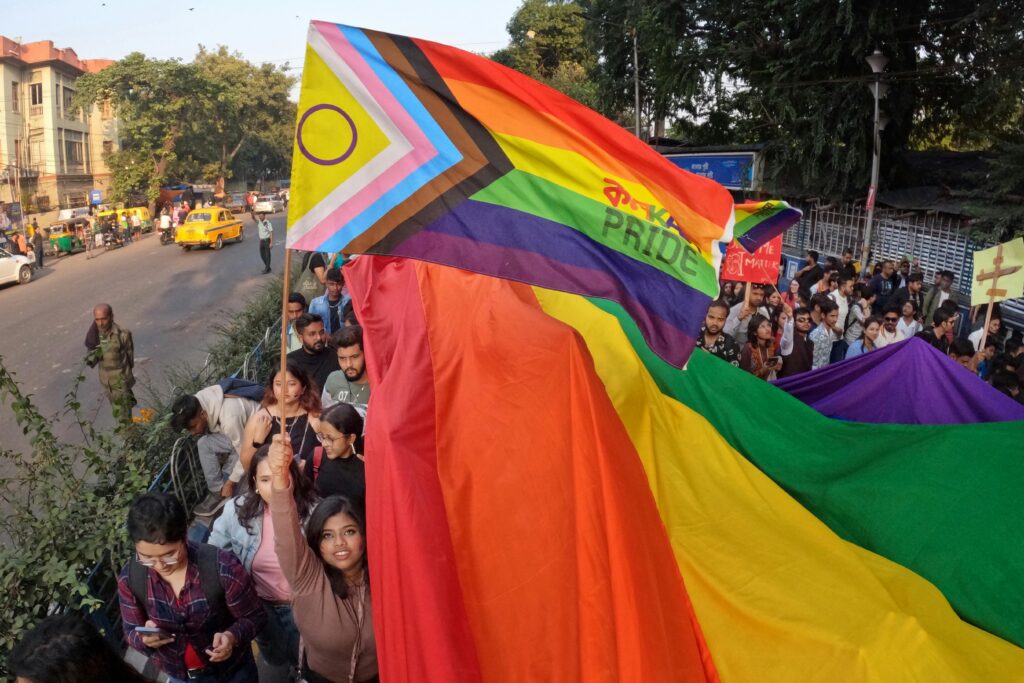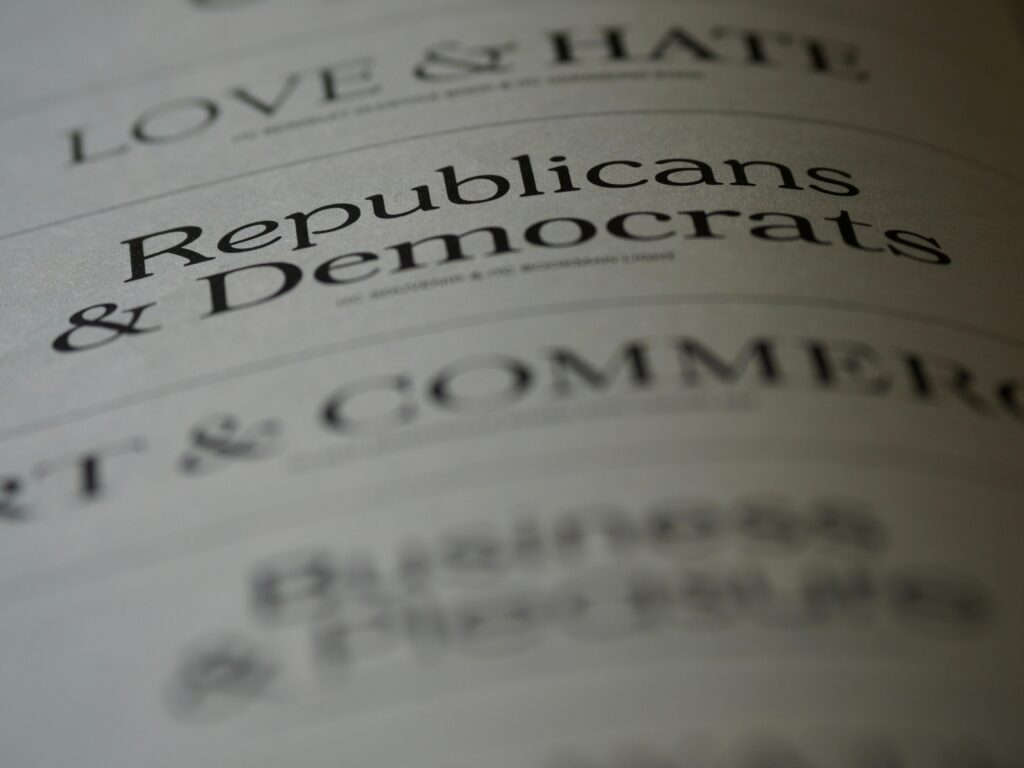Queer Futures, Ancient Roots: Reimagining Policy Through Indic Knowledge
Author: Chloe Schuber, Operations and Research Assistant Since the Indian Supreme Court decriminalised consensual same-sex relations in 2018, legal reform has remained largely declaratory. While constitutional protections regarding dignity and privacy were clarified, same-sex partnerships remain excluded from formal legal institutions. Marriage, adoption, inheritance, housing, and welfare remain conditional on a narrow definition of family: the heterosexual, conjugal, nuclear unit, a model that shapes not only legal recognition, but also access to state benefits, taxation, property, and guardianship. Same-sex partnerships are still excluded from institutions like marriage, adoption, inheritance, housing, and welfare. For policymakers, this is not just a question of rights. When entire communities have their social entitlement restricted, it undermines broader development goals, such as economic security and housing access to public health and caregiving infrastructure. A more inclusive policy framework is not only just, but it’s practical. The task of expanding rights for queer and non-heteronormative communities in India is not merely about legal inclusion, rather it requires questioning the colonial and normative categories through which legal recognition itself is granted. Structural Legacy: Imported Legal Frameworks The limitations of the current system can be traced to its institutional lineage. Colonial administrators codified Hindu, Muslim, and Christian family norms through the lens of Victorian morality. These legal interventions not only criminalised non-procreative sexual relations but reconstituted Indian familial systems around a singular ideal: monogamous, heterosexual marriage recognised through ritual and state sanction. Colonial legislation such as Section 377 of the Indian Penal Code and the Criminal Tribes Act of 1871 explicitly targeted forms of intimacy and kinship deemed deviant, redefining relational legitimacy through imported moral norms. Prior to colonisation, relational forms in the subcontinent were more varied. While not uniformly liberal or egalitarian, indigenous legal and ritual traditions recognised a spectrum of household configurations. The codification of personal law under colonial governance actively displaced these practices in favour of uniformity and control. As Indian family law evolved under colonial rule, it encoded a conjugal, heterosexual norm as the only legally recognisable structure, shaping everything from inheritance to guardianship rights. Indic Knowledge, Relationships, and Same-Sex Intimacy Indic knowledge systems offer an alternative foundation for policy design. One that is rooted not in imported legal categories, but in indigenous traditions of ethical and relational reasoning. Concepts such as sambandha (mutual bond or connection), when understood in specific social and affective contexts, illuminate how communities approached caregiving, guardianship, inheritance, and household structure. Rather than privileging institutional form, these frameworks foregrounded the substance of relationships, which were shaped by context, mutual care, and obligation. These relational ideas were reflected in both philosophical texts and lived social practices. For instance, gandharva vivaha—a union based on mutual consent without ritual sanction, was acknowledged in texts such as the Manusmriti as one of several valid forms of marriage. While traditionally framed within a heteronormative context, it opens space to think beyond rigid ritual boundaries when formal recognition is absent. Similarly, regional customs such as matrilineal inheritance in Kerala or collective cohabitation in parts of the Northeast—attest to longstanding recognition of diverse domestic and relational forms. While these traditions were not uniformly egalitarian, they offer indigenous precedents for honouring affective ties and care networks beyond narrow legal definitions. A philosophical lens, especially from schools such as Nyaya and Mimamsa, may further help reinterpret these texts and practices as context-sensitive rather than rigidly prescriptive. This historical depth also extends to the cultural legibility of same-sex intimacy. Public debate often frames such relationships as foreign imports, but Sanskrit texts like the Kamasutra describe a wide range of same-sex acts as legitimate expressions of pleasure and companionship, without attaching stigma or criminal sanction. Temple iconography—especially at Khajuraho and Konark features depictions of same-sex intimacy within sacred spaces, embedded within broader visual narratives of divine and human love. These representations were not marginal or hidden; they were public, canonically endorsed, and culturally integrated. Furthermore, historical records from temple and monastic communities reveal institutional roles for non-conjugal domestic units, especially among ascetic, ritual, and caregiving networks. Together, these Indic traditions challenge the assumption that legal recognition must follow colonial categories of marriage or kinship. They offer a rich normative archive for policymakers seeking more inclusive frameworks grounded in India’s own intellectual and cultural heritage. What policy instruments does this enable? Drawing on Indic cultural knowledge enables the design of concrete policy tools implementable within current government structures. Civil Affidavit Partnerships: A Stepping Stone to Marriage Equality Inspired by the concept of gandharva vivah, civil affidavit partnerships would allow two adults to formalise their relationship through a simple notarised declaration. Though such affidavits are currently used informally in India to evidence live-in relationships or shared tenancy, they are not yet a legally recognised partnership category granting rights. As such, this proposal would transcend existing practice to establish a formal civic category that entitles partners to rights like joint tenancy, medical decision-making authority, pension inheritance, and shared welfare access. While this provides an immediate, low-barrier mechanism for recognition, it is not a substitute for full marriage rights. Denying queer individuals access to marriage reinforces a hierarchy that treats heterosexual unions as inherently more legitimate. Instead, civil affidavit partnerships are a pragmatic transitional tool toward equal access to civil marriage. Jurisdictions such as the UK and New Zealand initially introduced civil partnerships before extending full marriage rights to same-sex couples, illustrating how incremental legal recognition can serve as both a practical and symbolic path to broader equality. Cohabitation Registries: Recognising Shared Life Without Marriage Indic knowledge traditions affirm sambandh. This is a relational bond grounded in mutual care as a legitimate basis for household formation. A national cohabitation registry could recognise long-term, stable co-residential relationships. These could be romantic or platonic and provide partners with access to key benefits such as health care, housing rights, and emergency decision-making authority. Some Indian states already maintain limited forms of such registries under the guise of documenting “live-in relationships.” For instance, the 2024 Uniform Civil Code (UCC) Bill in Uttarakhand implemented a live-in relationship registry—though
Queer Futures, Ancient Roots: Reimagining Policy Through Indic Knowledge Read More »










